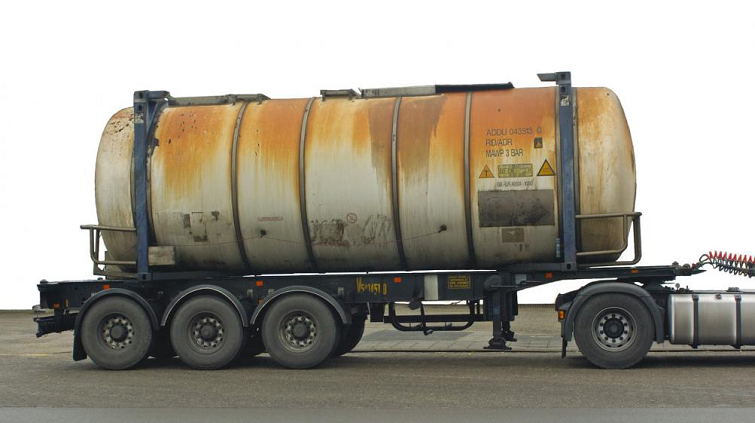Vehicle Tanks: Installation and Inspection 101
Mounting fiberglass reinforced plastic (FRP) tanks to a trailer or truck involves carefully managed logistics. For starters, you need to be able to keep the tank secure so it doesn’t move around or fall off. You also need to keep it from scraping against sharp and metal objects, and you need to keep it from vibrating. Unless these three problems are addressed effectively, even new tanks can fail prematurely.
In this piece, we’ll go over everything involved in installing and inspecting FRP tanks on vehicles.
Installing Fiberglass Tanks to Vehicles
Fiberglass tanks typically have skids that can be bolted down to the vehicle’s frame for a solid attachment. If you’re securing the tank to the vehicle’s frame, make sure to use grade five or higher stainless-steel bolts. By securing the tank to the frame of the trailer or truck, you’ll prevent it from moving and scraping against objects.
You can also consider securing a fiberglass tank into a saddle. If you opt to do this, you’ll need to ensure the tank doesn’t rock while sitting within the metal frame. To prevent any possible damage that may occur if the tank comes in contact with the frame, consider applying rubber liner between them.
Inspecting Fiberglass Tanks to Vehicles
Once you’ve installed the tank to the vehicle, you’ll need to inspect it to ensure all the attachments and fasteners are in place.
Then, fill up the tank with water and inspect it for any leaks. Keep the pump at a low pressure initially for about two minutes then increase the pressure, letting it run for anywhere between a half-hour and an hour. Check for seepage through cracks and leaks around fittings.

Important Considerations for Vehicle Tanks
There are some other factors you need to consider with regard to vehicle tanks. Let’s take a look:
- It’s crucial that the tank is mounted on a surface that’s solid and sturdy. It shouldn’t flex when you’re using or transporting your tank, because any stress caused by flexing can result in cracks.
- People often overlook the fittings on their tanks when mounting it to a vehicle. It’s important to ensure they aren’t installed poorly when installing the tank to prevent them from breaking off. There should be enough clearance to avoid any damage to the fittings.
- To ensure there’s no damage, you need to check for leaks in bed and around the vehicle. Inspect tanks thoroughly during off-seasons. Make sure to inspect the sides and the bottom of the tanks to ensure there hasn’t been any friction damage.
If you’re looking to purchase fiberglass reinforced plastic (FRP) tanks for your company, it’s crucial to have them installed and inspected by experienced professionals.
As an industry-leading company operating since 1976 and based in Lake City, FL, we’ve conducted numerous in-field custom fiberglass installation and repair projects with some of the largest companies in the world. We offer fiberglass tank repairs, field welding for tank, FRP pipe repair, installation,inspections, tank inspection services and a range of other FRP-related industrial services.
Get in touch with us today for more information on our services or call us at (386) 758-0057.



